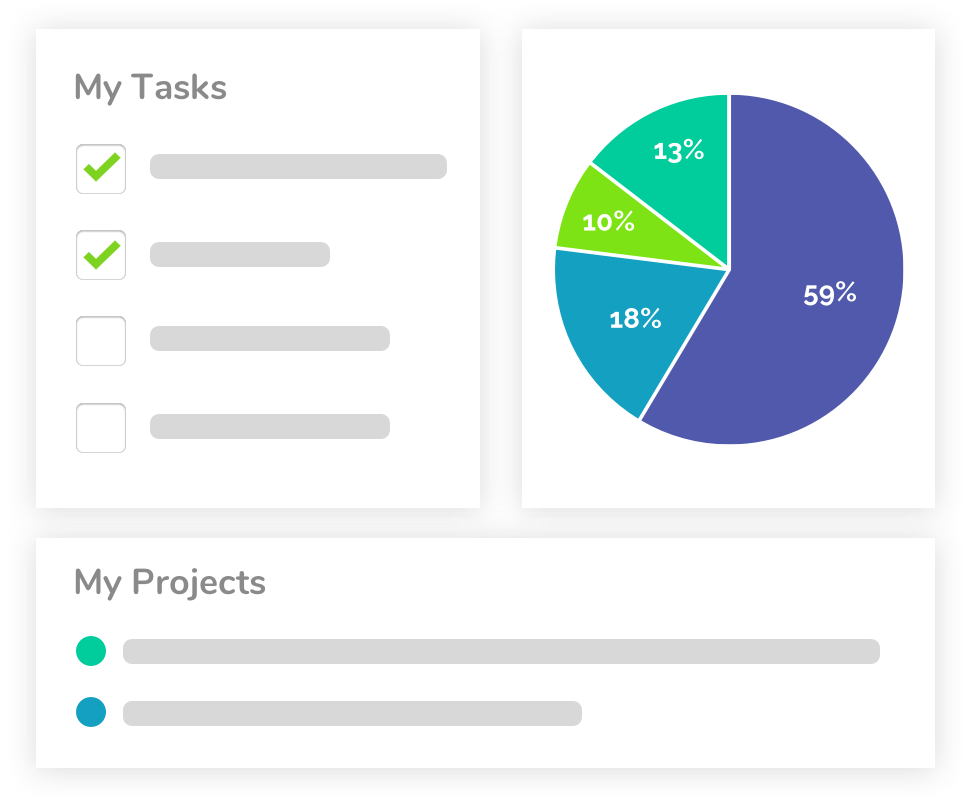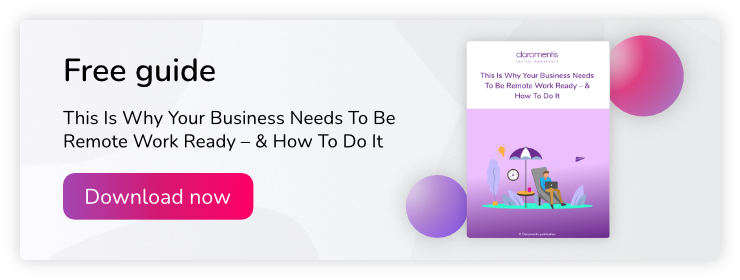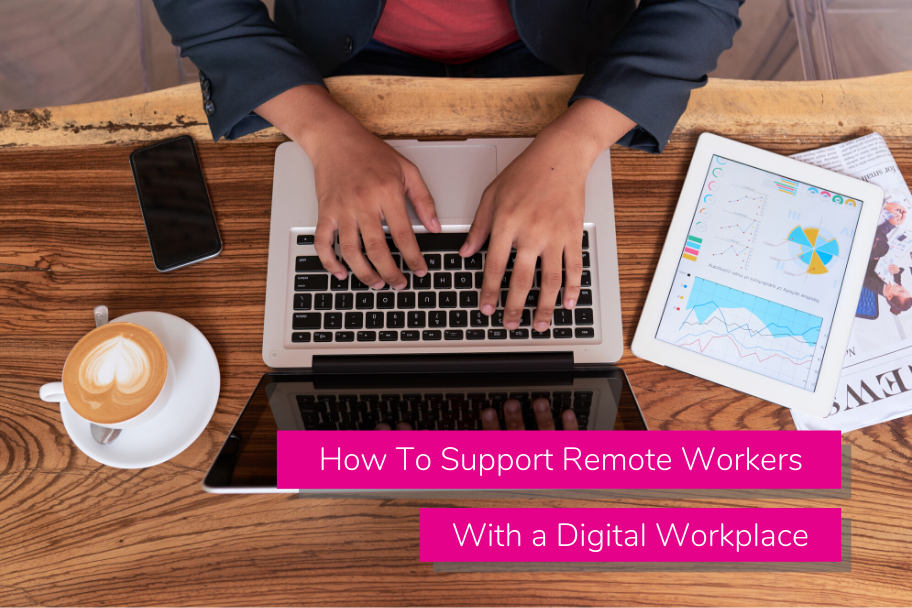There’s no denying that flexible and remote working are growing realities in thousands of businesses worldwide. Providing more significant opportunities, better hours, and more productive working practices, there’s no doubt that these forms of working are popular for a reason. But with these new, innovative, and production-boosting ways of working, there is also the need to adapt to new methods of workplace balance. While the concept of remote working can seem simple, in practice, a team that’s partly in-office and partly working from home can be increasingly disjointed if it’s not well-managed.
So, what can workplaces do to restore that balance and support their workers equally? A digital workplace is one solution that levels the playing field, offering new avenues of communication and expanded methods of collaboration. Here are just a few ways integrating a digital workplace into your business can make flexible and remote work effortless:
Create inclusive learning environments
Digital teaching has slowly become more mainstream when it comes employee learning and education. Embracing a digital workplace is one way to cut ties with the old method of classroom training. Not only does this provide equal opportunities to both internal and remote employees, but e-learning also ensures each team member feels valued to the same degree.

E-learning provides equal learning opportunities to office-based and remote staff
It’s easy for businesses to consider remote working to be a ‘perk’, as opposed to a new way of working. Punishing remote employees through inaccessible learning or lack of support is an authentic problem for modern workplaces. Transitioning to a digital platform for e-learning is an excellent way to dispel this issue and show your support.
The support and consistent presence of their workplace and fellow employees can have a significant impact on the productivity and happiness of remote employees, who can often feel isolated from company norms or typical business requirements. Introducing e-learning is an excellent way to rewrite that status quo, providing both in-house employees and remote or flexible workers with equal levels of support and management. For happy remote employees, inclusion is a must, and a feeling of belonging can make all the difference.
Improve long-term engagement
Short-term, maintaining engagement with remote employees can be easy, but it doesn’t take long for things to start slipping through the net. Feeling part of the team and engaged with the work they’re carrying out is a common dilemma for many remote and flexible employees. A digital workplace is one way to bring a little more equality and presence back into the workplace for all employees over the long-term. It encourages habits and styles of working that allow in-office and work-from-home employees to achieve the same things at the same speed, with the same level of motivation.
For collaborative projects, or projects with multiple phases requiring input from different sources or departments, this is especially vital. It doesn’t take that much to cause a remote team to lose focus on long-term work and projects. Implementing task management and collaboration-focused systems, however, can offer the support needed to reduce this issue. Engagement in the long-term can be managed by switching the way your team works to an entirely digital platform and restoring that balance.

Keep remote teams focussed with online task management
Innovate beyond your employees
Innovation is an ever-changing and growing concept. So, when businesses feel that simply shaking up their employee policy is enough to achieve change, it’s no surprise that they are quickly left behind.
For flexible and remote working to be as effective and productive as possible, other things have to change beyond the basics. A platform that allows for new ways of working, innovating, and improved creativity is an sure-fire way to take those changes to the next level and really see results. Balance requires consistent focus and the ability to be flexible as and when needed. A digital workplace provides this by working with your employees instead of against them.
Being ‘stuck in your ways’ can be a severe risk for older companies not willing to transition to modern ways of working. To make the most out of your remote staff, and to achieve greater things without sacrificing flexibility, going digital is the best place to start. Innovation that continues to evolve and develop is the kind of essential tool that modern businesses need to keep their edge. A digital workplace can provide that framework to think differently about your business and do more as a result.





